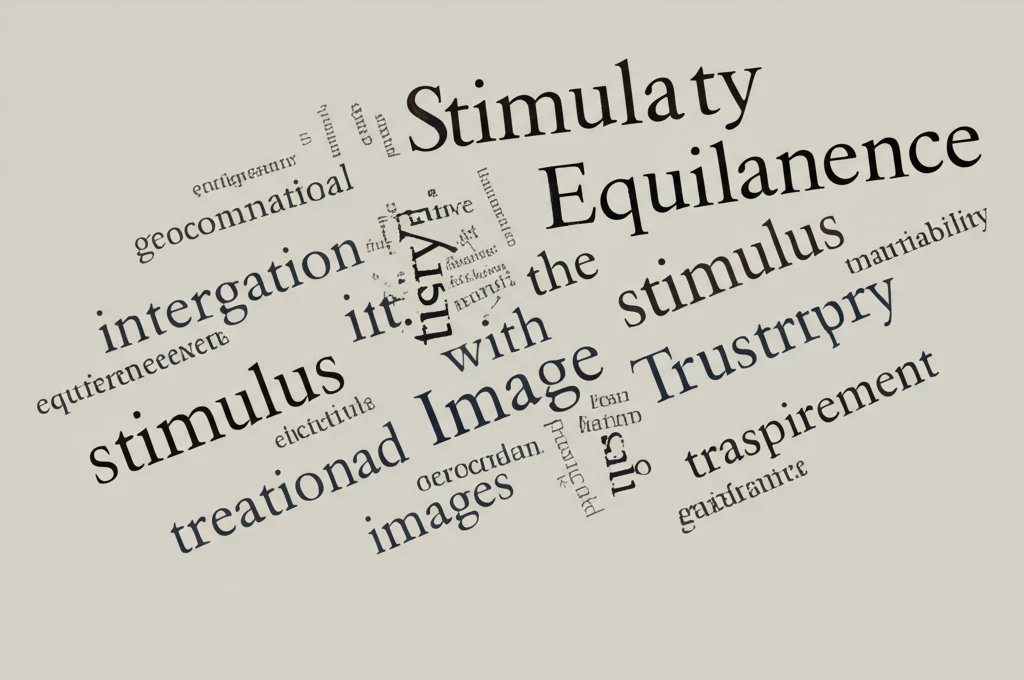
Unlocking Learning: How Tact and Textual Skills Shape Equivalence in Education
"Exploring the critical role of verbal skills in stimulus equivalence for college students and beyond"
In the ever-evolving landscape of education, understanding how students learn and process information is paramount. Traditional educational models often treat all learning as equal, but cognitive research suggests that different types of verbal skills—specifically tact and textual skills—play distinct roles in the learning process. These differences become particularly intriguing when considering stimulus equivalence, a core concept in behavioral psychology that describes how individuals relate different stimuli as being interchangeable.
Stimulus equivalence occurs when learners, after being taught that stimulus A is related to stimulus B and that stimulus A is also related to stimulus C, infer that B and C are related—even without direct instruction. This inferred relationship highlights the brain's ability to form connections and categorize information, impacting everything from language acquisition to problem-solving.
A recent study explored the reinforcing functions of tact and textual verbal relations within stimulus equivalence, providing valuable insights into how these skills affect learning preferences and outcomes among college students. This article unpacks the findings of this research, offering educators and learners alike a fresh perspective on optimizing learning strategies.
The Core of Tact and Textual Skills

Before diving into the research findings, let's define tact and textual skills. Tact verbal relations involve describing or naming objects and events in the environment. For example, a student sees a picture of an apple and says 'apple.' This is a direct, sensory-based response. Textual verbal relations, on the other hand, involve reading written words and understanding their meaning. When a student reads the word 'apple' and understands it refers to the fruit, they are engaging in a textual verbal relation.
- Tact skills are often more directly linked to sensory experiences.
- Textual skills rely on learned associations between written symbols and meanings.
- Differences in these skills can impact learning and retention.
- Understanding these differences is crucial for optimizing educational strategies.
Implications for Educators and Learners
Understanding the nuances of tact and textual skills can empower educators to tailor their teaching methods, promoting more effective learning experiences. By recognizing how different students respond to various types of verbal relations, instructors can customize their approaches to better suit individual needs and preferences. Whether it's incorporating more visual aids for tact-oriented learners or emphasizing reading comprehension for those who excel with textual information, the possibilities for personalized education are vast. Ultimately, embracing these insights promises a future where learning is more engaging, accessible, and successful for all.
